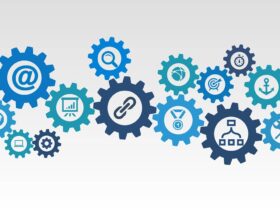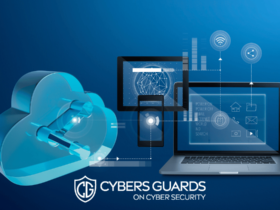Remote Monitoring and Management Explained- RMM is an abbreviation that stands for Remote Monitoring and Management. As a result, there are two issues to consider: remote monitoring and remote management, which must be explored individually.
What is RMM?
Remote monitoring and management, often known as network management or remote monitoring software, is a form of software that allows managed IT service providers (MSPs) to monitor client endpoints, networks, and PCs remotely and proactively. Remote IT management is a term that has become popular in recent years.
What’s PSA RMM?
PSA (professional services automation) solutions are essential to any MSP’s operations. PSA tools allow you to keep track of customer information, completed work, and more. They also create bills as a result of the work. A PSA tool serves as a central repository for all information pertaining to MSP operations, clients, assets, inventories, billing time, and so forth.
RMM tools assist MSPs in completing tasks that PSA tools track. MSPs must therefore employ RMM software to connect to clients remotely and finish services. Finding employment, automating processes, keeping track of systems and devices are all things that an RMM can do.
PSA RMM is the process of integrating an RMM solution and a PSA tool into an MSP’s infrastructure in order to reduce costs and improve efficiencies. This also aids in the reduction of human mistake.
Definition of Remote Management
Remote management is the process of controlling a computer or a network from a distance. It entails remotely installing software and supervising all actions on a client’s systems/network, workstations, servers, or endpoints.
About Remote Monitoring
Remote Monitoring (also known as RMON) is a specification that allows MSPs to monitor their clients’ network operational activity using remote devices known as probes or monitors. This aids MSPs in maintaining and controlling their network infrastructure.
Major Functions of Remote Monitoring Software
For MSPs
- Assists in the gathering of information about client networks, including obtaining information about machine health and status, as well as providing reports and statistics on client systems and networks.
- Assists in the upkeep and maintenance of client systems.
- Aids in the tracking and remote resolution of difficulties. This is accomplished by issuing notifications (tickets) and resolving problems.
- Helps repair issues before they become visible to clients by remotely administering patches and installing software and updates through a single, unified interface.
- Allows you to administer tasks to several systems at the same time from a remote place.
- Aids in the automation of planned maintenance operations at clients’ sites.
For Break-Fix Customers
- Aids in the resolution of difficulties for break-fix customers who are experiencing troubles with the IT provider’s uneven work-flow.
- Helps break-fix customers that are experiencing income inconsistency and don’t have a recurring revenue model.
- Break-fix customers with numerous issues are assisted.
- Aids in the resolution of minor difficulties that, if left unchecked, could develop to larger problems. Aids in the resolution of issues connected to obsolete systems and irregular updates or upgrades.
- Assists in the resolution of data breach situations.
Benefits of RMM Tool
- Small and medium companies (SMBs) benefit from enterprise-level automation and monitoring. Issues are detected before they become a crisis or a severe system breakdown.
- Assists in the methodical management of clients’ IT needs Assists in maintaining optimal network stability
- Enhances the performance of clients’ systems and extends the life of their systems and equipment
- Assists in increasing end-user productivity.
- Assists clients in achieving higher levels of customer loyalty and satisfaction.
- Assists MSPs in maintaining or avoiding client-related difficulties, ensuring larger profit margins.
MSPs can use this tool to grow their customer base and improve their service.










Leave a Reply